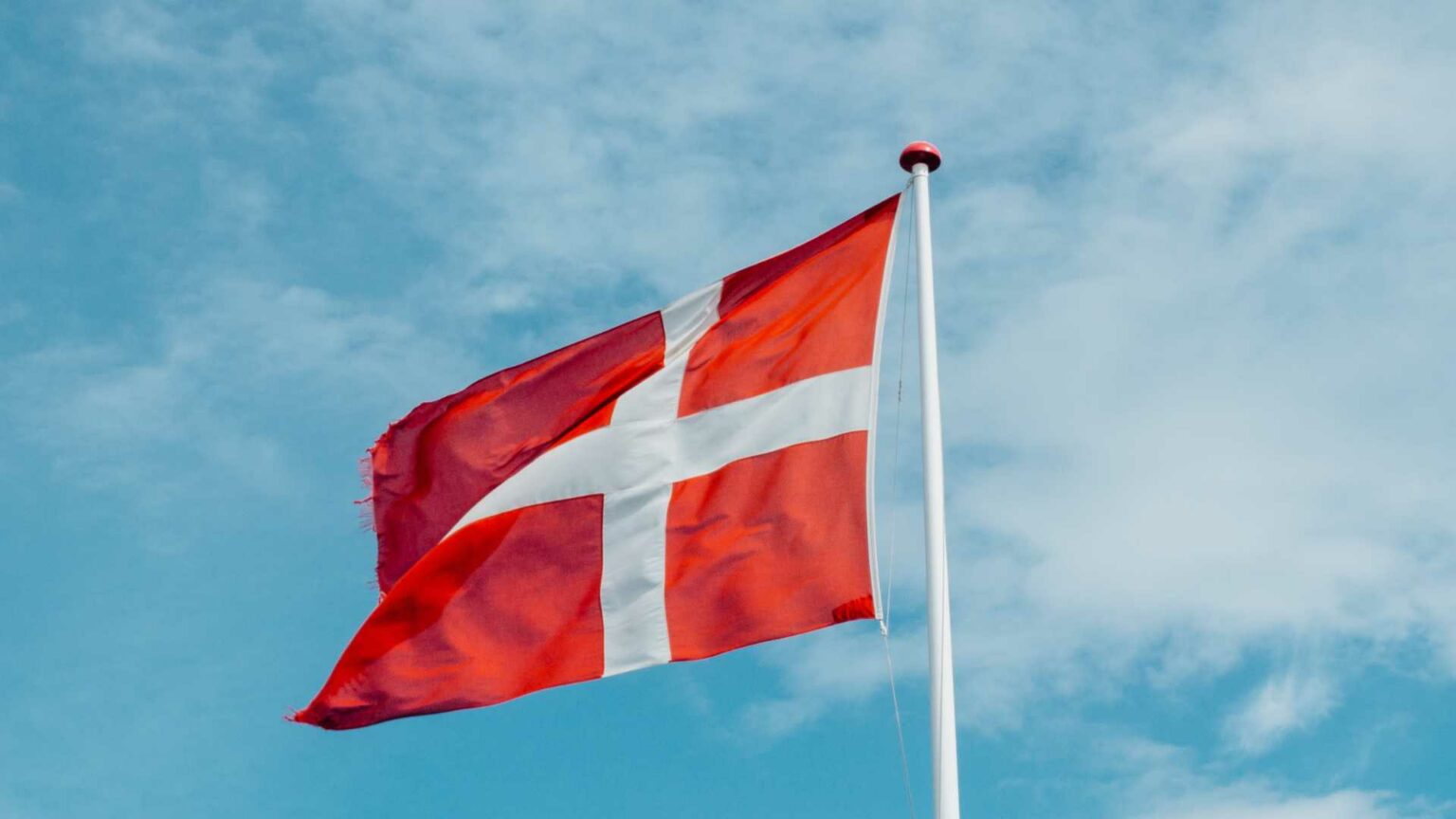Denmark’s new hydrogen agreement promises a potential surge in green export and local growth.
The state is ready to provide financial support given that five specified conditions are met. This initiative aims to harness the potential of Danish offshore wind resources to produce hydrogen and green fuels, thus stimulating local growth and bolstering European energy security.
Denmark, benefitting from the North Sea’s wind potential, can potentially generate enough power for 30 million households. This power can also be used in the production of green hydrogen, catering to industries’ green transition needs and serving as a green fuel for sectors like aviation and marine. With the potential to significantly reduce CO2 emissions, the production of Danish hydrogen positions it as a new green export commodity contributing to local growth, job creation, and European energy security.
Financing Hydrogen Infrastructure
The government has partnered with various political parties to frame an agreement enabling the finance and regulation of a potential Jutland hydrogen backbone. This infrastructure could be instrumental in exporting green hydrogen to Germany. The state is prepared to share part of the associated risk and provide financial support, stipulating that the market players must commit to buying 1.4 GW or around 44% of the pipe’s capacity. This prerequisite aims to ensure that the state only invests in a pipeline that is utilized and helps replenish the treasury.
The feasibility of producing and selling hydrogen also aligns with Denmark’s ambitions for offshore wind development, particularly with the forthcoming offshore wind supply. This opens up the possibility of ‘overplanting’, where the required booking of 1.4 GW corresponds to an approximate establishment of 2GW for hydrogen production in the North Sea.
Hydrogen Pipeline
The hydrogen in the pipeline will be green, produced using power from renewable sources like offshore wind farms in the North Sea or other renewable energy facilities. Already, Danish PtX developers have announced upcoming projects totaling 9 GW, 7GW of which are in proximity to a Jutland hydrogen backbone as per Energinet’s maturation project.
Energinet, under the Act on Energinet, will have to make an investment decision and a Section 4 application, which the Minister for Climate, Energy, and Supply will decide upon. Five main conditions for Energinet to access state funding have been established, including pre-booking 44% of the pipe’s capacity, entering into a contract with German Gasunie for a hydrogen pipeline into Germany, and assessing the state funding contribution as being financially responsible.
